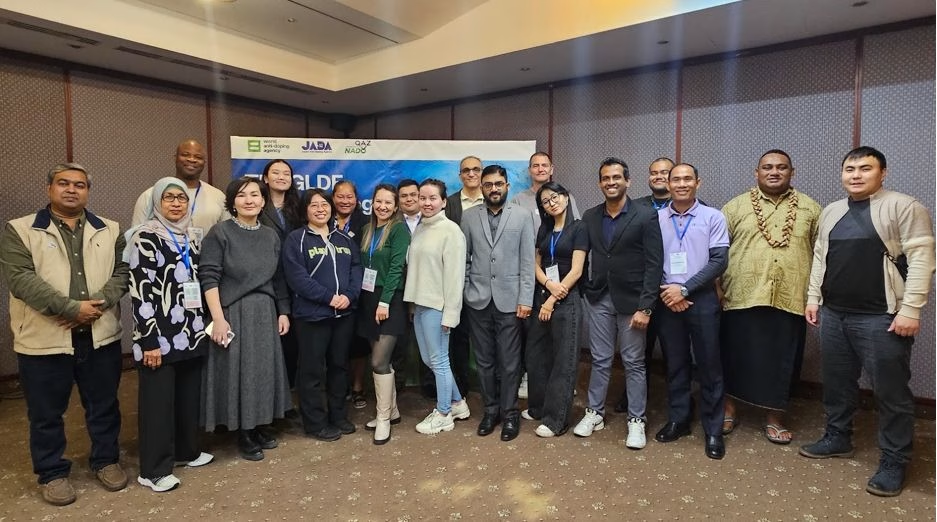
Almaty, 14 February 2025
Mrs. Linda Rosalina, the Testing Director of IADO was given the opportunity by WADA Education through SEARADO to attend the GLDF training for Testing roles. The purpose of this training was to equip managers, officers, or coordinators responsible for testing in the Anti-Doping Organization with the knowledge and skills needed to develop and manage a testing program that is in accordance with the World Anti-Doping Code and Standards. The program also provided a safe space to share experiences and learn from other practitioners in the same field. With the support of additional contributions from the anti-doping partner of the Government of Japan to WADA, the GLDF Training could be provided ‘face to face’ for Testing practitioners in the Asia and Oceania region.
The training was held in Almaty, Kazakhstan, on February 11th to 14th, 2025 with several virtual sessions before and after the event hosted by two GLDF trainers, namely Mr. Steve Northey from Sport Integrity Australia (SIA) and Chika Hirai from Japan Anti-Doping Agency (JADA), led by Mr. Colin Allen, WADA Education Manager. The event was opened by Mrs. Maira BAKASHEVA, Chairwoman of KAZ NADO. The event included, engaging interactive sessions, e-Learning to be completed during the workshop, creating unique opportunities for collaborative learning and professional development as well as opportunities to build professional networks, attended by 14 participants from 12 countries.
The training was divided into several modules, including: Introduction to Anti-Doping and WADA (which covered a basic understanding of doping and anti-doping and the responsibilities of each party; Testing Process (which covered an introduction to testing and the main roles in the process and collaboration in testing; Risk Assessment (which covered what risk assessment is and its application in the context of doping); Testing Program Planning (which covered prioritizing sports and test allocation and documentation of the test distribution plan / TDP); Implementation and Logistics (which covered sampling strategies and testing logistics management); and Sampling Personnel Training (which covered responsibilities and training for sampling personnel). The training method was carried out using a blended learning approach, which included: face-to-face sessions guided by trainers, e-learning modules that could be accessed independently and group and one-on-one discussions with trainers or mentors. This training was expected to create professional, competent and ready personnel in managing anti-doping programs at the organizational level of each country, with a focus on policies and best practices in testing.